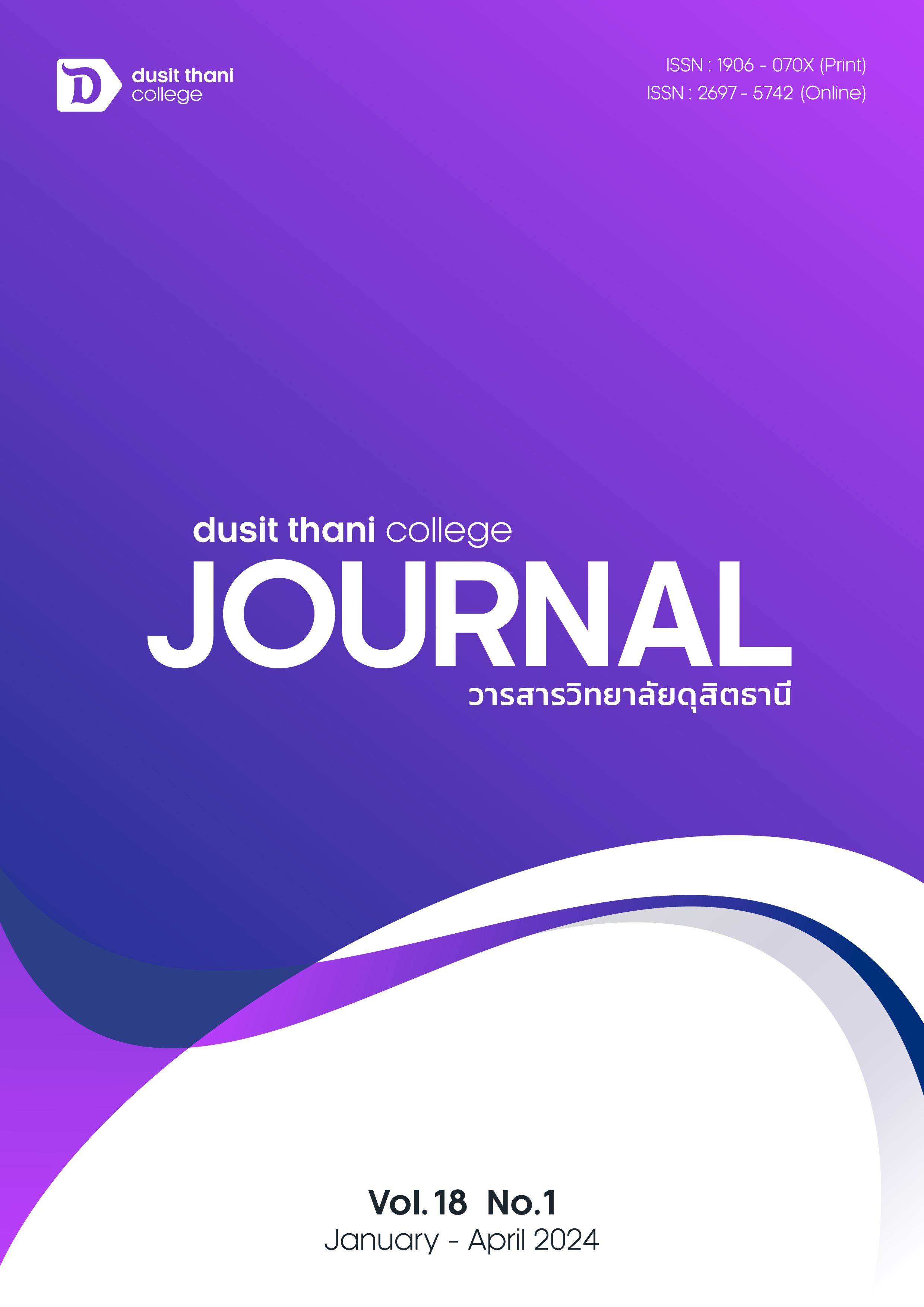Confirmatory Factor Analysis of Sports Training Facilities Efficiency of 700th Anniversary Chiang Mai Stadium
Main Article Content
Abstract
This quantitative research was aimed to analyses the confirmatory factors of Sports Training Facilities Efficiency of 700th Anniversary Chiang Mai Stadium. The sample was service providers and users in total of 672. The proposed factor was nine factors based on the sixth pillar of Sport Policy Factors Leading to International Sporting Success (SPLISS). Research instrument was online questionnaire which has acceptable validity and reliability from average of item content validity index (I-CVI) and Cronbach alpha at 0.93 and 0.88 respectively. Confirmatory factor analysis techniques were employed in statistical analysis.
The results were found that the nine factors of Sports Training Facilities Efficiency of 700th Anniversary Chiang Mai Stadium have congruence with empirical data (Comparative Fit Index was 0.989). Top three standardized factor loading of the nine factors were Need data, High-quality facilities network, Travelling data. Administrators of 700th Anniversary Chiang Mai Stadium could consider on priority of the Need data for establishing the managerial strategy to attain sustainably efficiency.
Article Details

This work is licensed under a Creative Commons Attribution-NonCommercial-NoDerivatives 4.0 International License.
Article Screening Policy
- All research and academic articles to be published must be considered and screened by three peer reviews in the relevant field / article.
- All articles, texts, illustrations and tables published in the journal are the personal opinions of the authors. Editors don't always have to agree. And no responsibility whatsoever is the sole responsibility of the author.
- The articles to be published must never be published. Where did you first publish? And not in the consideration of other journals If the audit found that there has been a duplicate publication It is the sole responsibility of the author.
- Any article that the reader sees as being plagiarized or impersonated without reference. Or mislead the work of the author Please let the journal editor know it will be your greatest blessing.
References
Ayre, C., and Scally, A. J. (2014). Critical values for Lawshe’s content validity ratio: Revisiting the original methods of calculation. Measurement and Evaluation in Counseling and Development, 47(1), 79-86. Retrieved from https://doi.org/10.1177/0748175613513808
Chankuna, D., Chanthonsarasom, A., and Sriboon, N. (2021). Perception of sports training facilities efficiency and guideline for developing national sports training center of Sports Authority of Thailand. Journal of Sports Science and Technology, 21(2), 125-140. Retrieved from https://doi.org/10.14456/jsst.2021.16
Charnnarong, P., Sawangmek, T., Roonprapunta, K., and TiaotrakulSports, A. (2022). Facility management model for Rajabhat Universities. Dhammathas Aeademic Journal, 22(4), 241-255. Retrieved from https://so06.tci-thaijo.org/index.php/dhammathas/article/view/256228/175131
Chupthaisong, J., and Toudta, T. (2021). Development process of sports administration in sports center, Bangkok. The Journal of Law, Public Administration and Social Science, School of Law Chiang Rai Rajabhat University, 5(1), 195-212. Retrieved from https://so06.tci-thaijo.org/index.php/lawcrru/article/view/244758/167540
De Bosscher, V., De Knop, P., van Bottenburg, M., and Shibli, S. A. (2006). A conceptual framework for analysing sports policy factors leading to international sporting success. European Sport Management Quarterly, 6(2), 185-215. Retrieved from https://doi.org/10.1080/16184740600955087
De Bosscher, V., Shibli, S., Westerbeek, H., and van Bottenburg, M. (2015). Successful elite sport policies. An international comparison of the Sports Policy factors Leading to International Sporting Success (SPLISS 2.0) in 15 nations. Aachen: Meyer and Meyer.
Deengam, S., and Nimakorn, C. (2019). Marketing model for the worthy use of the stadium. Journal of MCU Social Science Review, 8(4),201-211. Retrieved from https://so03.tci-thaijo.org/ index.php/jssr/article/view/210317/161261
Hair, J. F., Sarstedt, M., Ringle, C. M., and Mena, J. A. (2012). An assessment of the use of partial least squares structural equation modeling in marketing research. Journal of the Academy of Marketing Science, 40(3), 414-433. Retrieved from https://doi.org/10.1007/s11747-011-0261-6
Hu, L.-t., and Bentler, P. M. (1999). Cutoff criteria for fit indices in covariance structure analysis: conventional criteria versus new alternatives. Structural Equation Modeling, 6(3), 1-55. Retrieved from https://doi.org/10.1080/10705519909540118
Preuss, H., and Hong, S. P. (2021). Olympic legacy: Status of research. Journal of Global Sport Management, 6(3), 205-211. Retrieved from https://doi.org/10.1080/24704067.2021.1888028
Sanguansap, S., and Pookaiyaudom, G. (2023). Expectations and satisfactions of Bangkok basketball court users towards sport facilities provided at basketball court. Journal of Sperts Science and Health, 24(2), 166-179. Retrieved from https://he02.tci-thaijo.org/index.php/spsc_journal/article/view/263765/181329
Sports Authority of Thailand. (2020). Annual report 2020 Sports Authority of Thailand Ministry of Tourism and Sports. Bangkok. Retrieved from https://shorturl.at/iJOPX
Sports Authority of Thailand. (2021). SAT and Chiang Mai Provincial Administrative Organization prepare to use Chiang Mai 700th Anniversary Stadium as the sports development center (NTC) of the northern region. Retrieved from https://shorturl.at/dsKP1
Taber, K. S. (2018). The use of Cronbach’s alpha when developing and reporting research instruments in science education. Research in Science Education, 48, 1273-1296. Retrieved from https://doi.org/10.1007/s11165-016-9602-2
Tongsook, U., and Gulthawatvichai, T. (2019). Assessing the influence of sports facility on customer satisfaction at Chulalongkorn University Sports Center. Journal of Sports Science and Health, 20(1), 58-72. Retrieved from https://he02.tci-thaijo.org/index.php/spsc_journal/article/view/240139/163664


